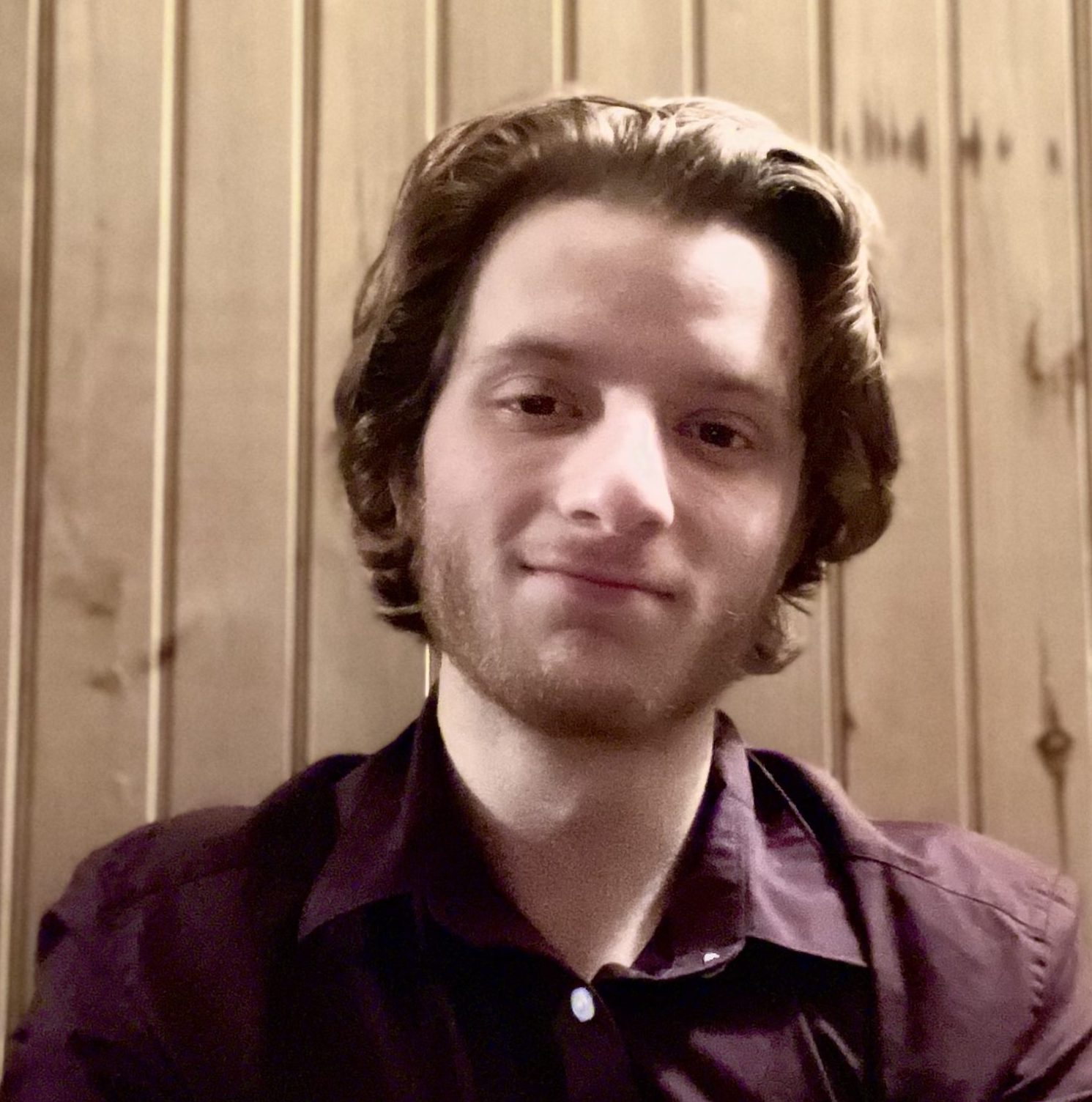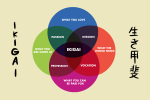It can be difficult to catch your breath in a world as frantic and frenetic as ours. Multitasking, once considered an enviable skill, is now a necessity in today’s fast-paced society. Progress is measured in quantity rather than quality, and doing something quickly is more important than doing something well.
One may be quick to blame the “burnout culture” that mars a multitude of occupations, but the phenomenon described above is not exclusive to the workforce. In fact, many facets of modern society are affected by the scourge of “fast living” — an ultimately negative mindset that has only grown more pervasive thanks to an era of smartphones, Wi-Fi and social media.
In recent years, people have become accustomed to the instantaneous. Entertainment of all varieties is more accessible than ever due to streaming. Online communication allows for rapid correspondence between people regardless of physical distance, though even this is becoming irrelevant. Air travel from New York to San Francisco takes around five hours; 100 years ago, that same journey would’ve taken months.
Humankind is incredibly connected yet, at the same time, woefully disconnected. We so often barrel forward at a rapid pace, expecting the instantaneous, that we lose sight of perspective and purpose. We’re arguably multitasking too much — we are so aware of everything all at once that we struggle to focus on whatever particular task is in front of us.
Introducing Slow Living and Slow Food
“Slow living,” a product of the “slow movement,” may be the remedy for these widespread cultural issues. Its methodology originates in the slow food movement, which erupted in Italy in 1986.
Activist Carlo Petrini founded his organization (which shares the same name as the movement, “Slow Food”) in response to the rapid expansion of fast-food restaurants, such as Mcdonald’s in the ’80s. His organization endorses the preservation of traditional regional cuisine, regardless of its preparation time. Eating should be a fulfilling experience rather than a rushed, convenient one.
In fact, fast food is a perfect microcosm for modern society. It prioritizes speed, efficiency and productivity over quality. Consumers opt for it because it’s an easily accessible option, but the joy of eating is too often lost in the time crunch which ensues.
Slow Food USA summarizes the issue on its website, declaring: “Instead of building relationships around food, we make transactions. Instead of making food choices based on flavor and origin, we prioritize convenience.”
And this flawed mindset doesn’t end with food.
Slowing Things Down
Since the 1980s, the slow movement has broadened its scope and now addresses nearly every facet of life. Slow living encourages people to take things at their own pace in order to decrease stress and improve their appreciation of their surroundings. “Living in the moment” is a hackneyed expression that may induce eye rolls, but who among us can honestly claim to exclusively prioritize the present?
No one, save for the occasional desert island castaway with no Verizon reception.
Multitasking, for better or (more often than not) for worse, has become irreversibly ingrained in the American status quo. How can anyone enjoy a meal when constant notifications are blowing up their phone? How can anyone appreciate a conversation while simultaneously doomscrolling? With an average global screen time of six hours and 58 minutes a day, it’s no wonder that people continually struggle to live in the present.
It’s easy for slow living to become a target of stigmatization; people may mistakenly equate a slower lifestyle to laziness. However, the movement places an emphasis on deliberateness that should dispel such notions. Proponents would argue that doing something well is more important than doing it quickly. Regardless, the art of living deliberately exists outside the realm of work.
A Deliberate Life
Henry David Thoreau of “Walden” fame was arguably a 19th-century advocate of slow living. He retreated into the wilderness near Walden Pond in order to “live deliberately” and cleanse himself of the chaotic, progress-driven society he inhabited. He feared lying on his deathbed only to “discover I had not lived.”
Thoreau found catharsis in nature, immersing himself in purpose-driven tasks that further improved his connection to his surroundings and himself. The experience created a greater sense of happiness and self-fulfillment that can’t be attained in an otherwise hectic world.
Of course, the vast majority of people cannot retreat into the wilderness for months at a time. The lessons from Thoreau’s experiment, however, are applicable to all people of all eras. That greater sense of self-fulfillment, that stronger understanding of oneself, can still be attained through the practice of slow living. By adopting a life in which we fully prioritize the present, we are opening ourselves to the possibility of more profound experiences. Imagine the beauty of a sunset without a cell phone or camera blocking your view.
Slow living is a gradual process and likely not something that can be accomplished overnight. Nonetheless, it is a worthy goal to strive for with potential benefits to one’s mental and emotional health. At the very least, it’s worth a try. In a world as frantic and frenetic as ours, wouldn’t it be nice to finally catch your breath for a change?

















